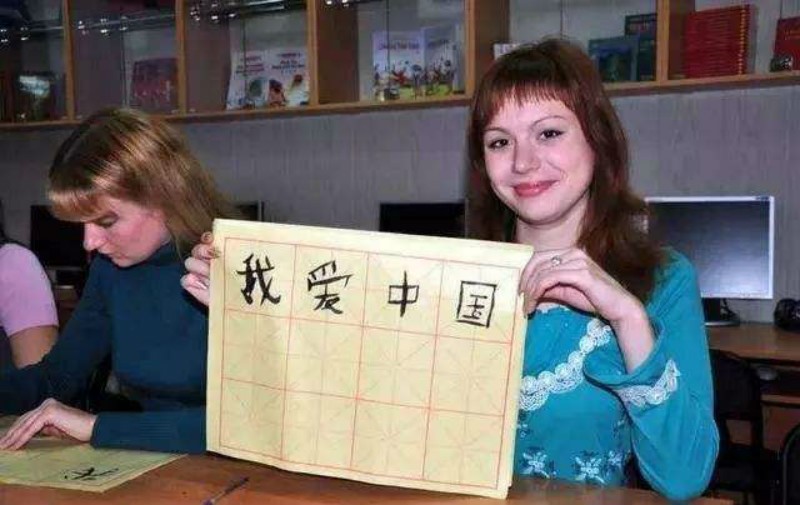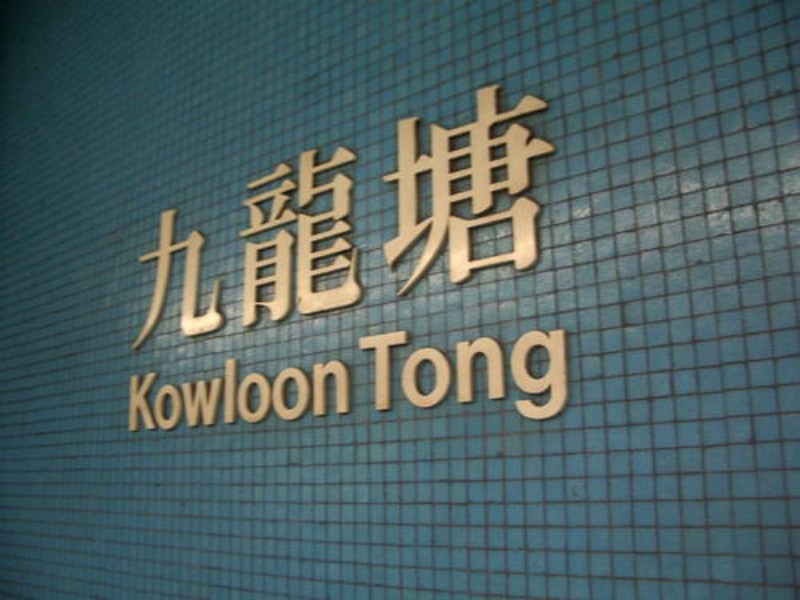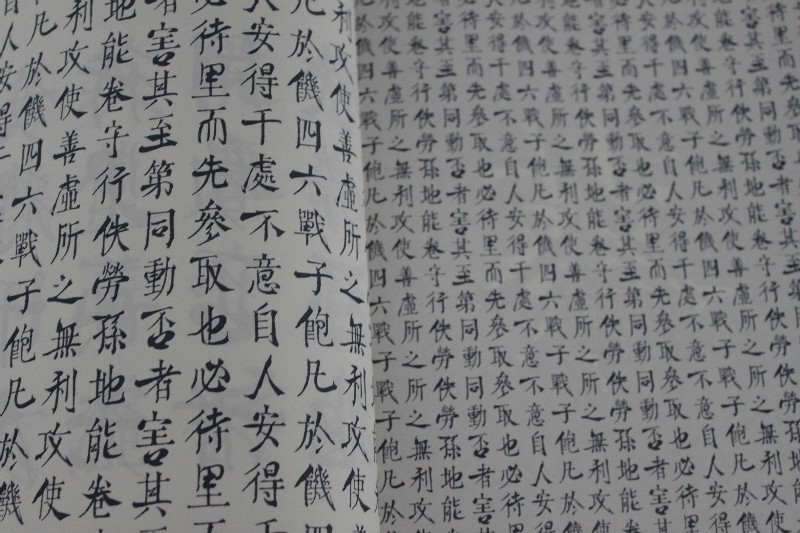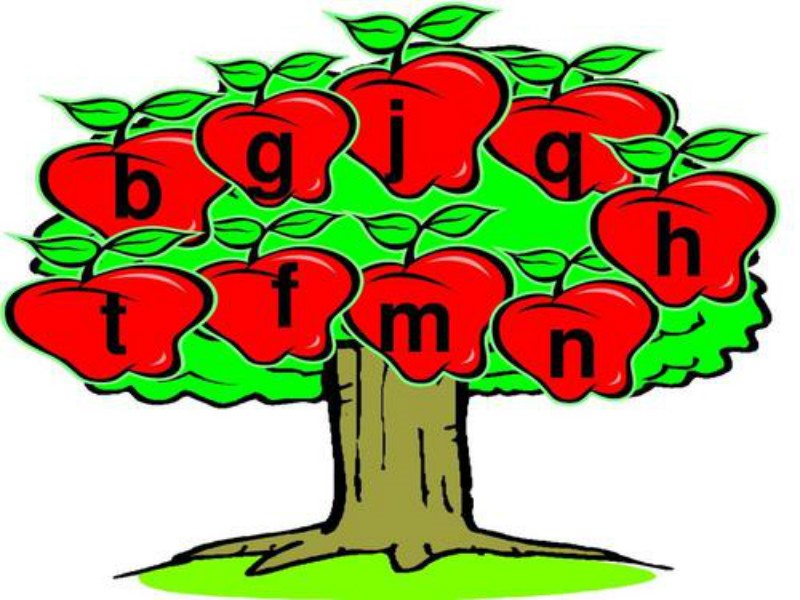Spoken by over one billion people, Chinese is indeed the greatest language in the world. But rather than one language, China has many “ languages” or “dialects” that are based on the same written language, hence differing primarily in pronunciation and speech.
Mandarin

Consisting of many diversifying dialect, Mandarin is perhaps the most well-known Chinese language group. This is mainly because Mandarin dialects are spoken by a 70 % majority of the Chinese people situated in northern and western regions. One of the mandarin dialects primarily spoken in China’s capital Beijing is also referred to as the national language.
Spoken by over a billion people, the Mandarin dialects are hence the largest of the Chinese languages. Mandarin is also a popular language to learn by visitors since it is referred to as the national language and used in many official channels. Learning the Beijing – Mandarin dialect is furthermore becoming a popular reason for European neighbors to study abroad in China.
As one of the six official languages used by UN (United Nations), Chinese now has earned itself greater status in the World. The official language of China is the Mandarin, which is the very name of ‘Hanyu’ or ‘Putonghua’, belonging to Sino-Tibetan.
Mandarin is shaped and based on the Beijing dialect and other dialects spoken in the northern areas of China. Students are often taught mandarin as ‘Yuwen’ in their schoolbooks. It is beyond all doubt that mandarin is used as a mother tongue by the most people accounting for about one fifth of the world’s population. Chinese once had very great influence on some peripheral countries with their languages and characters, such as Japanese, Korean and Vietnamese.
The Cantonese Dialects

Official language in Hong Kong and widely used in Gungdong, Southern Gungxi, Macau, Hainan, Zhuang region and other abroad settlements. The name Cantonese is argued to be derived from Canton, the English word for the Guangdong province.
Cantonese preserves more features of Ancient Chinese than do the other major Chinese languages; its various dialects retain most of the final consonants of the older language and have at least six tones, in contrast to the four tones of Modern Standard Chinese, to distinguish meaning between words or word elements that have the same arrangement of consonant and vowel sounds. The language has fewer initial consonants than Modern Standard Chinese and about twice as many distinctively different syllables. Before the mid-20th century the majority of Chinese immigrants spoke Cantonese.
Characters

The Chinese character has more than 3,000 years of history. It is a kind of hieroglyphic which originated from carapace-bone-script in the Shang Dynasty (16th – 11th century BC). It then developed into different forms of calligraphic handwritings like large seal script, small seal script, official script, regular script, cursive script and running script.
There are altogether 80,000 Chinese words or so that originate from ancient times; however, only about 3,000 words for daily use are available to express over 99% of the information in written form because a word contains many different meanings. The character is now of two kinds – Simplified and Traditional. Simplified style are often used in mainland China, Singapore, and oversea Chinese communities in Southeast Asia, while the latter is often accepted in Taiwan Province, Hong Kong, Macau and oversea Chinese communities in North America.
Pinyin

Pinyin, short for Hanyu Pinyin, which means “phonetic notation” or “phonetic symbols” while Pin means “spell(ing)” and Yin means “sound(s)”, is a system of romanization for Standard Mandarin. Pinyin was approved in 1958 and adopted in 1979 by the government in the People’s Republic of China.
Pinyin is a romanization and not an anglicization; that is, it uses Roman letters to represent sounds in Standard Mandarin Chinese. The way these letters represent sounds in Standard Mandarin Chinese will differ from how other languages that use the Roman alphabet represent sound. For example, the sounds indicated in Pinyin by b and p are distinguished from each other (by aspiration) in a manner different from that of both English (which has voicing and aspiration) and of French (which has voicing alone). Other letters, like j, q, x or zh indicate sounds that do not correspond to any exact sound in English. Some of the transcriptions in Pinyin such as the ang ending, do not correspond to English pronunciations, either. Pinyin has also become a useful tool for entering Chinese language text into computers.
Leave a Reply